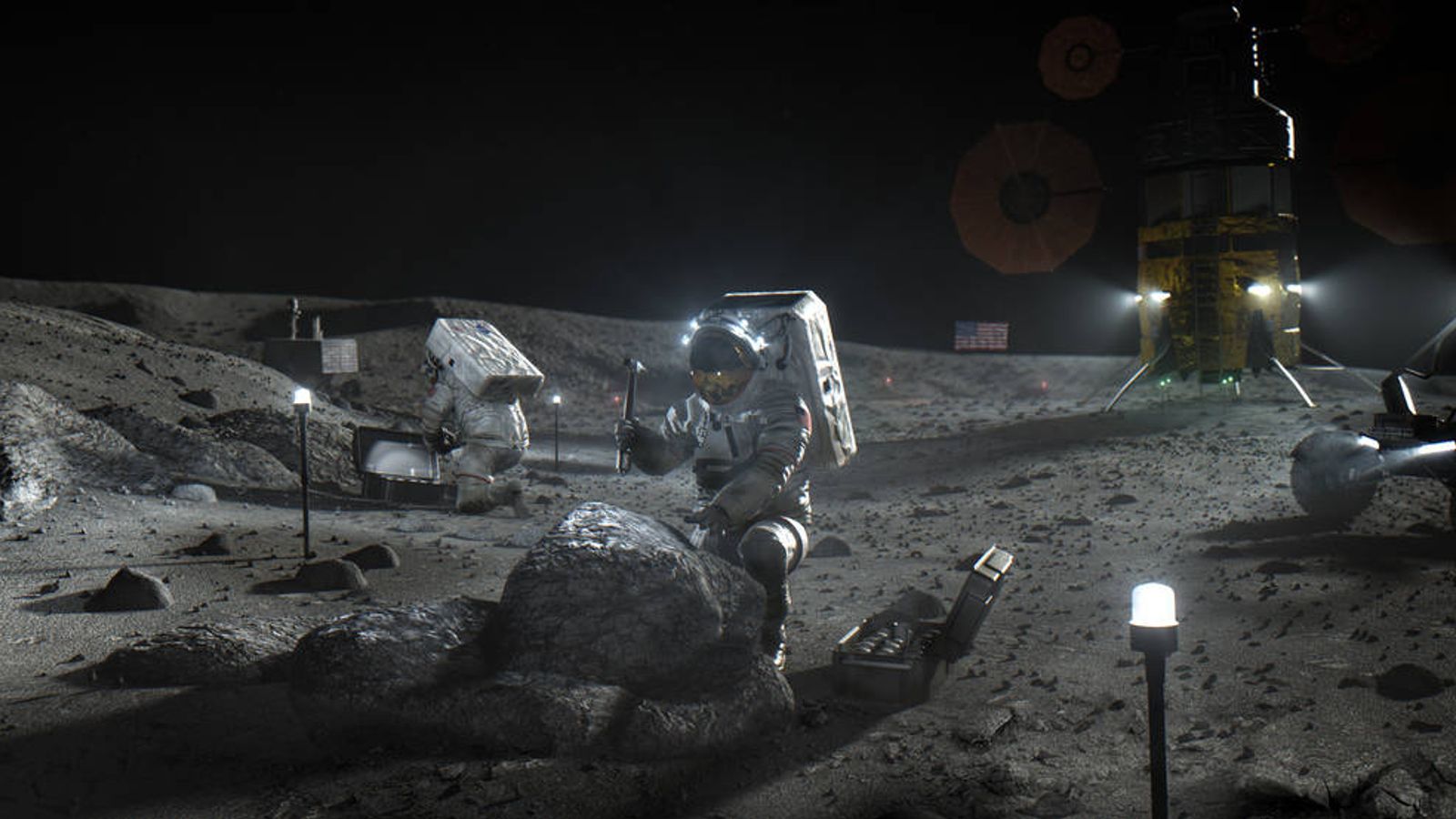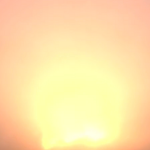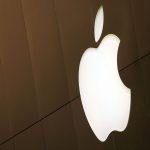NASA’s administrator Bill Nelson said that the space agency’s planned moon landings will likely take place “no earlier than 2025” but warned about Washington slipping behind Beijing.
He said that competition with China, which is building a new space station in low-Earth orbit and is also working towards a manned moon landing, made it imperative the US continues to press on.
It is the first time that a delay affecting the Artemis programme – which aimed to land the first woman and the next man on the moon by 2024 – has been officially confirmed despite numerous warnings.
The ambitious timeline of returning to the moon by 2024 was announced by the Donald Trump administration in 2019 and had been met with scepticism even before the COVID-19 pandemic.
NASA’s then-administrator Jim Bridenstine confirmed that the programme would be named Artemis after the mythological sister of Apollo, the first moon missions’ namesake.
But a series of problems have caused delays, including several lawsuits from Jeff Bezos who was aggrieved that his private spaceflight company Blue Origin was turned down for a $2.9bn contract awarded to Elon Musk’s business SpaceX.
Earlier this year, Bill Nelson confirmed that the goal remained 2024 but complained that Blue Origin’s protest against the initial awarding of the contract had held up progress.
International Space Station being forced to swerve to avoid Chinese satellite junk
Satellite images reveal China has built mock-up US Navy warships in remote desert
First Chinese spy extradited to US convicted of trying to steal aviation trade secrets
“With the recent lawsuit and other factors, the first human landing under Artemis is likely no earlier than 2025,” Mr Nelson said.
NASA’s inspector general had also warned that the agency faced “significant challenges” in producing two flight-ready spacesuits by November 2024.
“Given these anticipated delays in spacesuit development, a lunar landing in late 2024 as NASA currently plans is not feasible. The suits would not be ready for flight until April 2025 at the earliest,” the inspector general said.
But Blue Origin’s claim was dismissed last week, enabling NASA and SpaceX to continue talking. Mr Nelson said he called SpaceX’s president Gwynne Shotwell as soon as he heard the Blue Origin lawsuit had been dismissed to discuss matters.
NASA and SpaceX will now move on to testing the new Space Launch System (SLS) – a massive rocket which will put a spacecraft in orbit around the moon, and which the agency hopes will be launched in February.
The mission following that will not launch until at least May 2024, but will be a crewed mission to the spacecraft orbiting around the moon.
Assuming these launches and missions go well, which is not confirmed, NASA will be set to land astronauts on the lunar surface the year after.
“We have every reason to believe that we have a very aggressive competitor in the Chinese. It’s the position of NASA and, I believe, the United States government that we want to be first back on the moon,” said Mr Nelson.
In a 2018 report, the Washington-based think tank, the Centre For Strategic and International Studies, warned that China is “arguably the fastest rising power in space” and has “made rapid progress in developing both its space and counter-space capabilities”.
Mr Nelson warned that additional funding would be required for the space agency to successfully complete a manned moon landing.






















